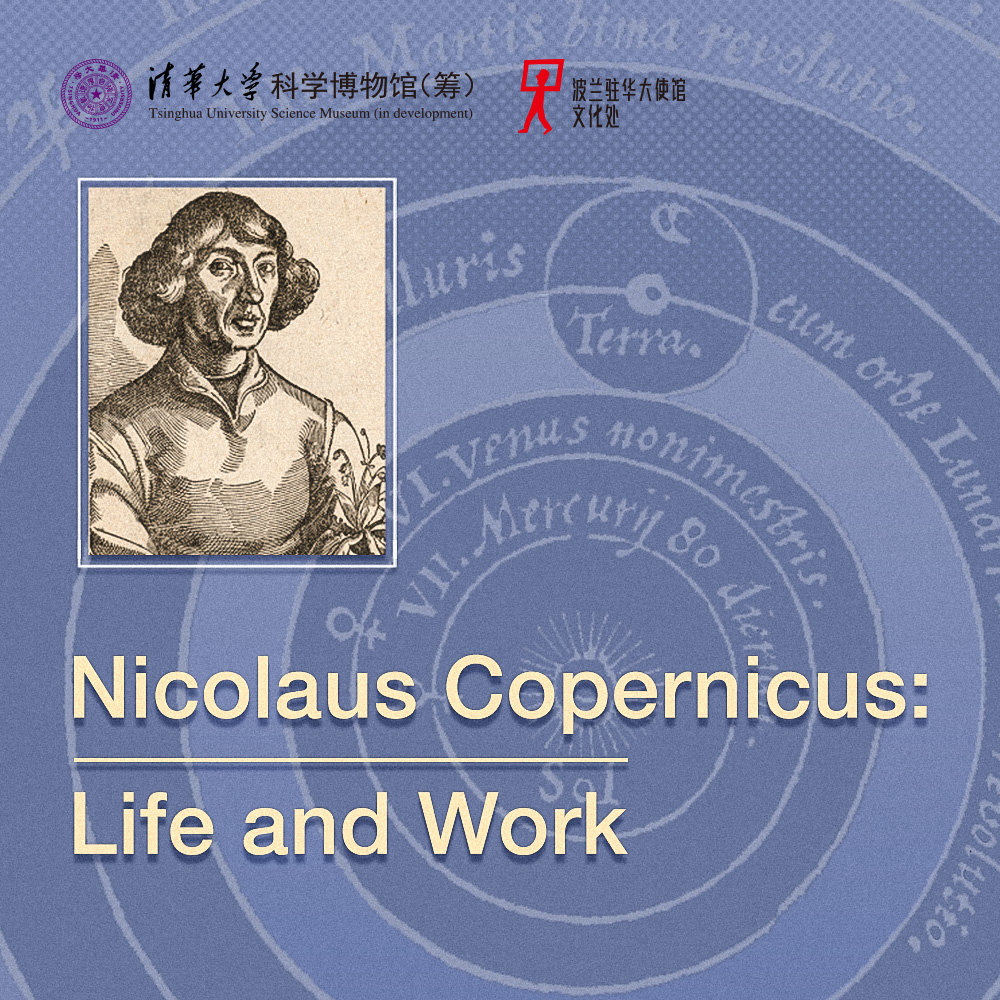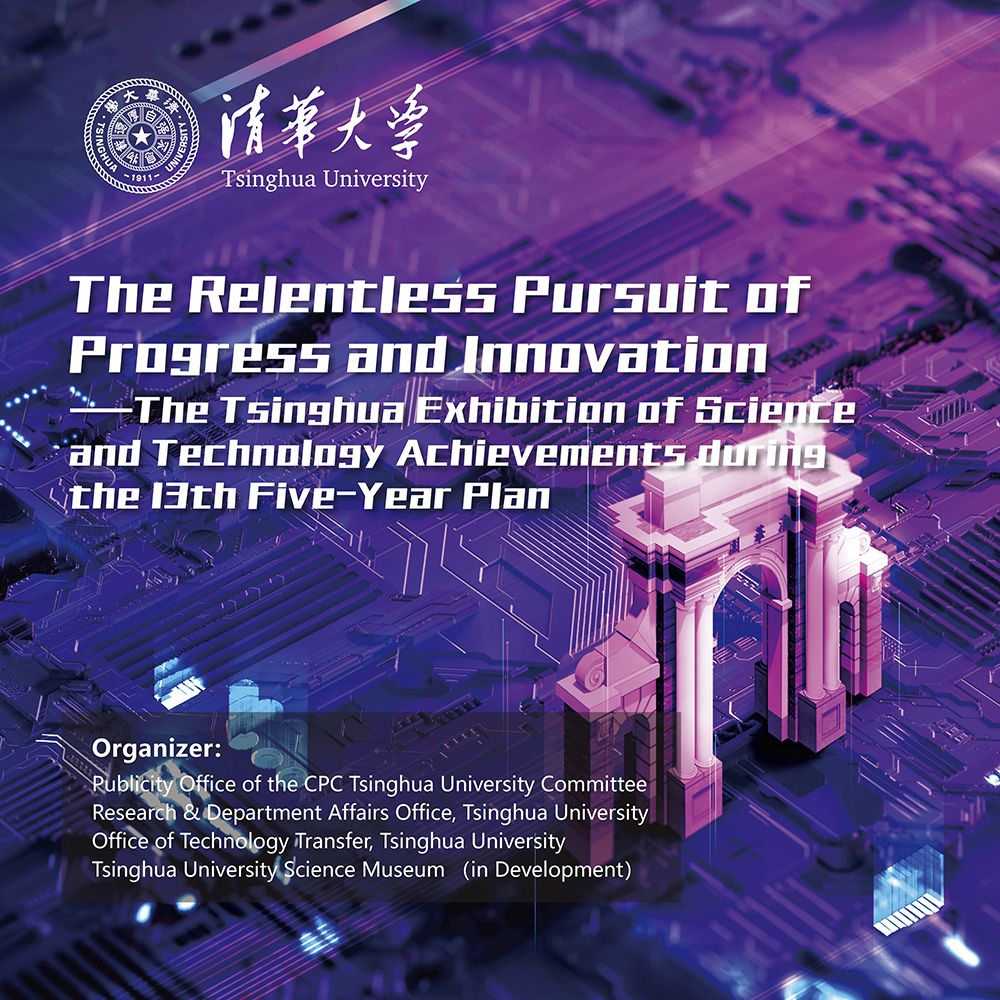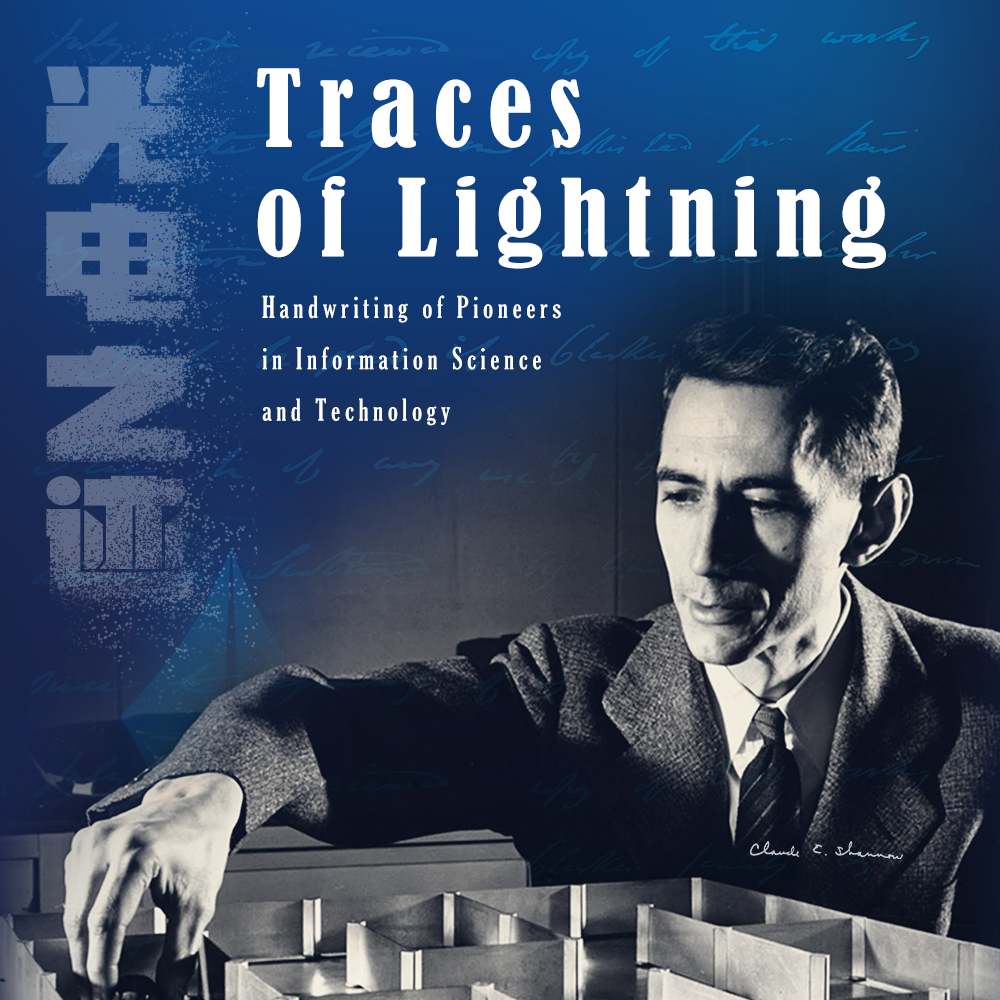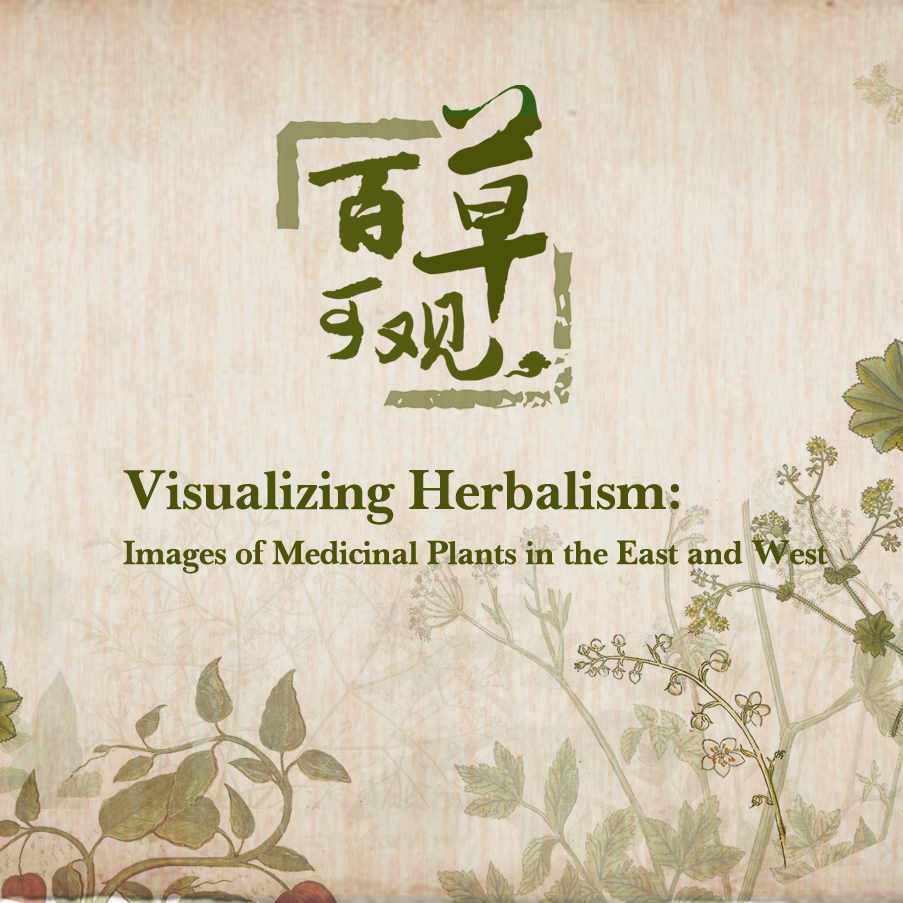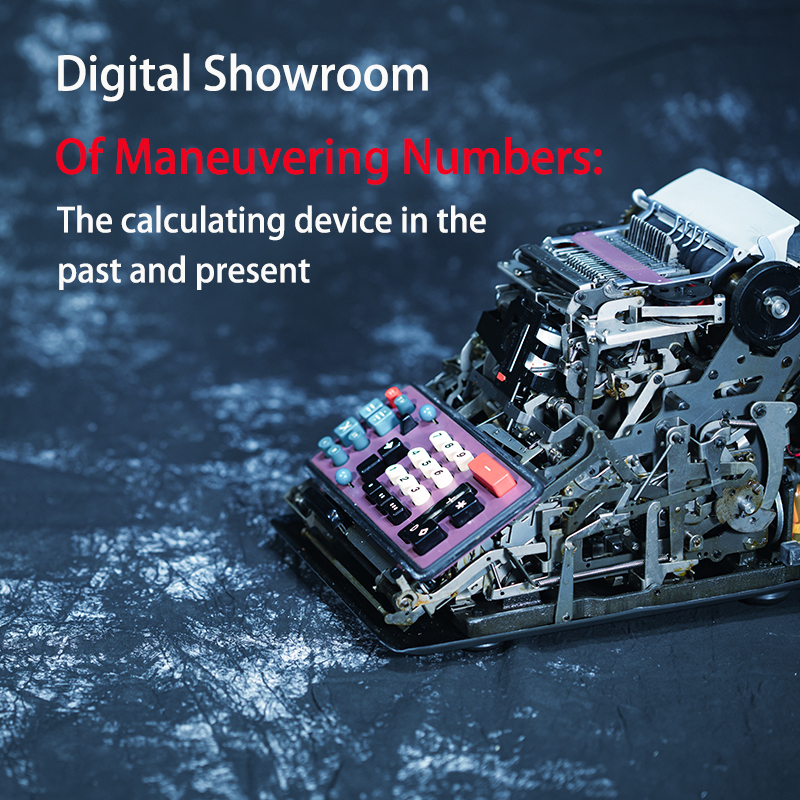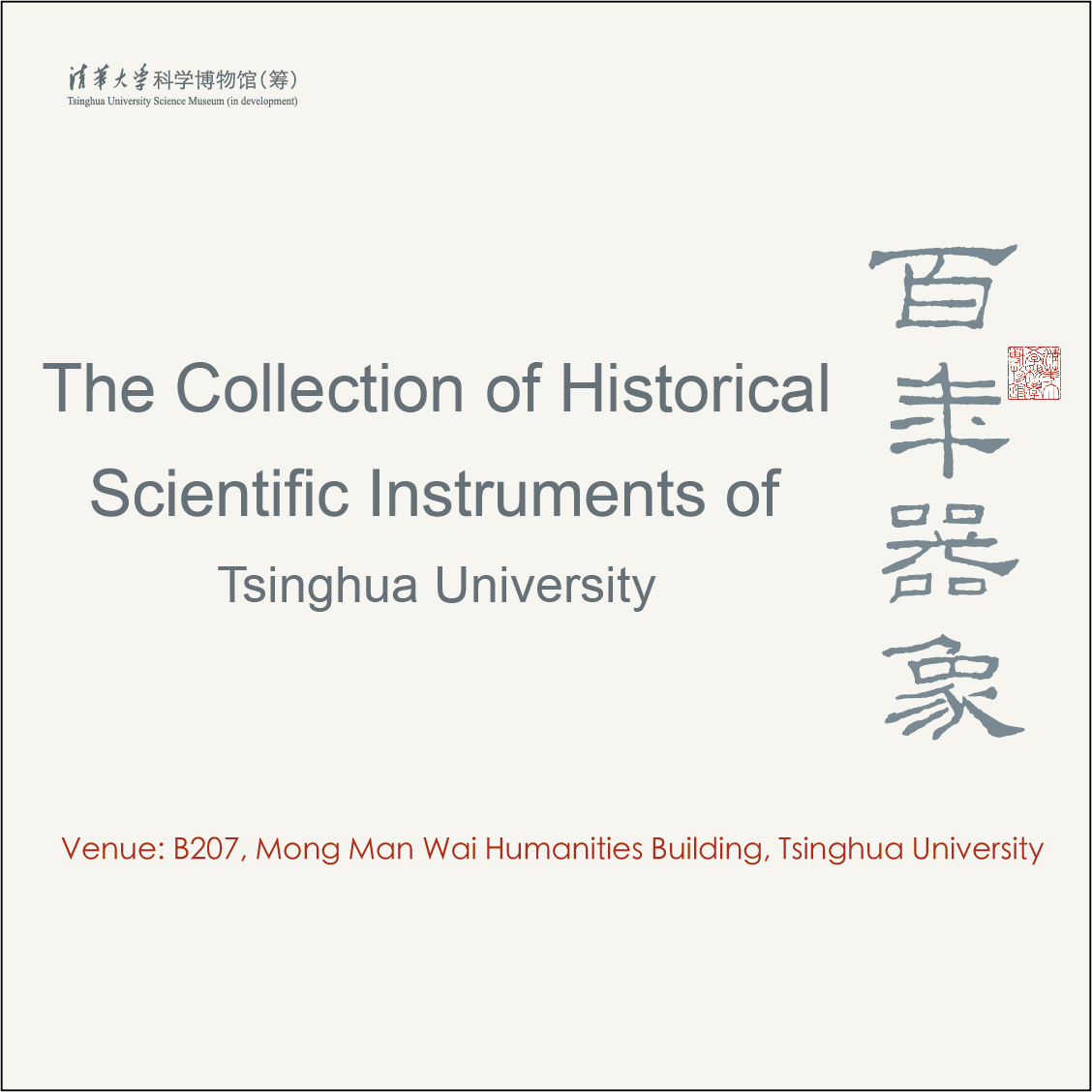This year marks the 550th anniversary of the birth of the great Polish astronomer Nicolaus Copernicus, the 480th anniversary of his death and the release of his opus magnum – De revolutionibus orbium coelestium. In addition, most scholars indicate that it was between 1512 and 1513 that Copernicus published a 19-page document called Commentariolus which disclosed his heliocentric theory of the universe for the first time. In this sense, this year also coincides with the 510th anniversary of the origin of the modern heliocentric theory. In order to commemorate this thinker who profoundly influenced modern astronomy and even the destiny of mankind, Tsinghua University Science Museum was invited by the Polish Institute – Cultural Service of The Embassy of Poland in Beijing to jointly organize the exhibition “Nicolaus Copernicus: Life and Work”, which, with the help of rich historical materials and relevant astronomical instruments, retells the serene but extraordinary life of Copernicus and recreates the great era of the revolution of astronomy in Europe 500 years ago.
The Relentless Pursuit of Progress and Innovation — The Tsinghua Exhibition of Science and Technology Achievements during the 13th Five-Year Plan
To Soar into the Sky:
The Flying and Engineering Machines of Leonardo da Vinci
As one of the most famous artists, scientists and engineers of the European Renaissance, Leonardo da Vinci is a forerunner of the Renaissance and a legend in the history of human civilization. Tsinghua University Science Museum is now presenting the exhibition To Soar into the Sky: The Flying and Engineering Machines of Leonardo da Vinci. Including the Flying Airship, Grande Uccello, Two-wheels Hoist, Covered War Carriage and etc., the 25 models in this exhibition were built by the Univeristy’s restoration team based on Leonardo’s manuscripts and literary pieces, demonstrating his quintessential designs in the realms of flight and mechanical engineering. Celebrating Leonardo’s courage and persistence in challenging human limitations, this exhibition is a nostalgic remembrance of the great revival of the European scientific traditions.
Digital Showroom of Traces of Lightning
This exhibition presents the history of information technology, highlighting the major milestones and the most influential people in the fourth and fifth information revolutions. Through historical artifacts and providing the context and discourses of each era, the audiences can grasp the historical position of scientific research in a humanized perspective. It provides insight into the inner world of scientists, and allows one to deeply appreciate the charm of studying humanities in science and technology. More than 40 valuable handwritten objects are on display, including books, letters, notes, or business cards signed or written by science and technology pioneers such as Michael Faraday, Joseph Henry, Samuel Morse, Alexander Graham Bell, Guglielmo Marconi, Thomas Edison, etc.
Visualizing Herbalism : Images of Medicinal Plants In The East And West
This exhibition showcases more than 100 illustrations from the East and West. It traces the history of the illustration of medicinal plants from ancient hand-drawn manuscripts and picture books to woodcut illustrations to modern prints. It demonstrates the history of using images to identify and recognize plants, as well as the history of medicinal herbs. It is valuable to the study on history of medicine. It also gives the general public the opportunity to perceive history and reflect on the relationship between knowledge and images, the textual and the visual, and humans and nature. In chronological order, the exhibition brings together the originals or photocopies of Chinese and foreign medicine books, including “De Materia Medica,” ” The Garden of Health (Hortus Sanitatis),” ” The Cliff Walker’s Materia Medica,” ” The Famine Relief Herbal,” ” Herbarum Vivae Eicones,” “Medicinal Plants,” ” An Illustrated Study of the Names and Facts of Plants,” etc.
Maneuvering Numbers:
The calculating device in the past and present
Maneuvering Numbers: The calculating device in the past and present This exhibition, co-curated by Tsinghua University Science Museum and Hefei Zimuyuan Museum, is on view from September 24, 2020 through May 5, 2021. Featuring 80 artifacts of computing appliances, it demonstrates the evolution of human computing concepts and computing technology from ancient computing tools that are simply operated manually, to complex mechanical computing devices, to advanced electronic computing equipment.
The Collection of Historical Scientific Instruments of Tsinghua University
Century of Instruments – Collection of Historical Scientific Instruments of Tsinghua University Preparation Exhibition
From April 24 to April 3, 2019, the preparatory exhibition of “Century of Instruments -The Collection of Historical Scientific Instruments of Tsinghua University” was held in the multifunctional hall on the first floor of Building A, the Academy of Arts & Design, Tsinghua University. Featuring precious Tsinghua science and technology artifacts, it presented countless Tsinghua people’s ideals of serving the country through science and technology, pursuing the truth, and their course of struggle.


